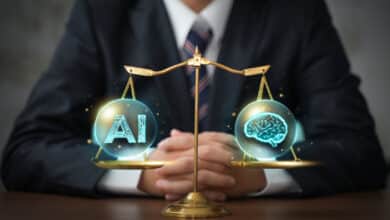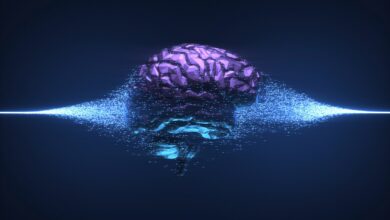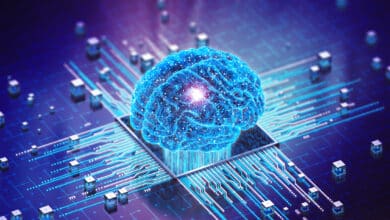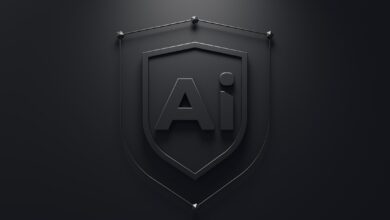All AI Security & AI Safety Posts
-
Quantum Sensing
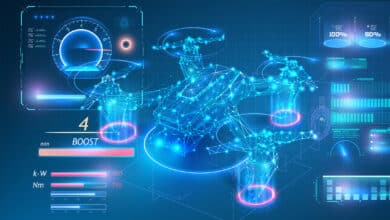
Quantum Sensing and AI for Drone and Nano-Drone Detection
Quantum sensing technologies are emerging as powerful tools to detect and track UASs, including small and nano-drones that often evade conventional sensors. These quantum sensors, such as quantum radars, quantum LiDARs, atomic magnetometers, and Rydberg RF detectors, exploit phenomena like entanglement, squeezing, and extreme sensitivity of quantum states to reveal faint drone signatures beyond classical limits. However, raw data from both quantum and classical sensors…
Read More » -
Leadership
Board AI Governance and Oversight
AI is reshaping businesses across industries, and corporate boards are increasingly expected to oversee AI strategy, ethics, and risk management. In fact, the number of S&P 500 companies formally assigning AI oversight to a board committee more than tripled in 2025, and nearly half of Fortune 100 companies now highlight AI expertise in their directors’ qualifications. This surge underlines an urgent need for governance frameworks…
Read More » -
Leadership
Future of Leadership and Consulting in the Age of AI: A Decade On
Exactly ten years ago, on July 3, 2015, we published the first version of Future of Leadership in the Age of AI. At that time, most discussions about artificial intelligence revolved around automating blue-collar jobs and routine manual tasks. Our contrarian view – based on hands-on experience implementing early AI systems in a large organization – was that AI would impact knowledge work even more…
Read More » -
AI Security
Why AI Cannot Break Modern Encryption
AI cannot break modern encryption. The reasons are fundamental: Mathematical Hardness, Cryptographic Design, Empirical Track Record, Quantum Contrast, Expert Consensus.
Read More » -
AI Security
Closing the Gap Between AI Principles and AI Reality
In pursuit of AI systems that are ethical and robust we are seeing the emergence of an, ironically, ethical challenge: firms rushing to position themselves as leaders in Responsible AI without the necessary depth in technical expertise. Though their motivations for doing so may not be malicious, the impact is the dilution of the AI security field, something which society cannot afford as AI becomes…
Read More » -
Post-Quantum, PQC, Quantum Security
Post-Quantum Cryptography (PQC) Meets Quantum AI (QAI)
Post-Quantum Cryptography (PQC) and Quantum Artificial Intelligence (QAI) are converging fields at the forefront of cybersecurity. PQC aims to develop cryptographic algorithms that can withstand attacks by quantum computers, while QAI explores the use of quantum computing and AI to both break and bolster cryptographic systems.
Read More » -
AI Security
Full Stack of AI Concerns: Responsible, Safe, Secure AI
As AI continues to evolve and integrate deeper into societal frameworks, the strategies for its governance, alignment, and security must also advance, ensuring that AI enhances human capabilities without undermining human values. This requires a vigilant, adaptive approach that is responsive to new challenges and opportunities, aiming for an AI future that is as secure as it is progressive.
Read More » -
AI Security
The Dual Risks of AI Autonomous Robots: Uncontrollable AI Meets Cyber-Kinetic Risks
The automotive industry has revolutionized manufacturing twice. The first time was in 1913 when Henry Ford introduced a moving assembly line at his Highland Park plant in Michigan. The innovation changed the production process forever, dramatically increasing efficiency, reducing the time it took to build a car, and significantly lowering the cost of the Model T, thereby kickstarting the world’s love affair with cars. The…
Read More »
